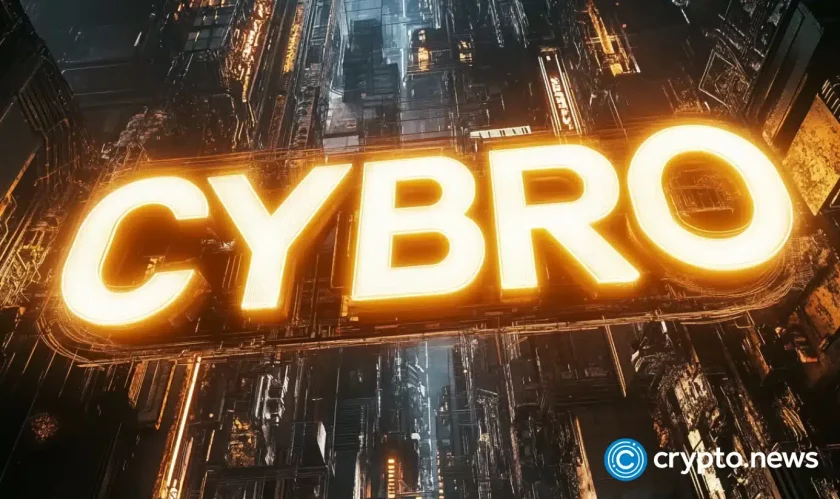Prof. Barry Eichengreen, an economics professor at UC Berkeley, in an op-ed published in The Guardian, said he believes stablecoins such as tether (USDT) might be stable in value and attractive as units of account, but they are flawed. His piece comes on the heels of the launch of the Gemini dollar (GUSD) by the Winklevoss twins.
Stablecoins Aren’t a Cure-All for Crypto Instability
For some, holding a stablecoin is the perfect investment as it creates a bridge between digital money and fiat currencies such as the U.S dollar. For others, keeping it as an investment makes little sense. For these type of investors, a stablecoin might hold its value over time, but it’s unlikely it will trade at a premium for the currency it tracks.
In Eichengreen’s opinion piece, he highlighted some reasons why stablecoins are not practical enough to solve bitcoin’s instability. He explained the problems inherent in the different types of stablecoins, including those that are fully collateralized, partly collateralized, and uncollateralized.
Fully Collateralized
According to the Eichengreen, one major problem with fully collateralized stablecoins is the expense, as the operator requires reserves that equal or exceeds the value of the coins in circulation. This is a costly proposition to most organizations, which makes him doubt the scalability of the model and the uncertainty of how governments will regulate it. An excellent example of a fully collateralized stablecoin is tether, pegged 1:1 to the dollar ,but there have been claims in the past that the parent company doesn’t hold reserves equal to the value in circulation.
Partly Collateralized

On the issues with partly collateralized stablecoins, where the platform holds 50 percent of the value of the coins in circulation, Eichengreen believes FUD could spell doom for the coins. When this happens, the platform will have to purchase the coins back with the little reserves they have to keep prices from a free-fall. However, since reserves are limited, investors will scramble to get out, which could “lead to the collapse of the peg.”
Uncollateralized
Uncollateralized stablecoins, like Basis, are the worst of them all, according to Eichengreen. Since the platform doesn’t hold dollars to back up the token, it relies on controlling the token supply relative to demand to keep the value of the asset stable. Here the platform issues the coins, along with crypto-bonds and crypto-shares. Bonds are used in contracting supply. They incentivize users to spend their coins in exchange for interest to the bondholders.
Eichengreen sees a problem with this model as well. It’s a bit of a chicken-and-egg problem, as issuers can only service the bonds when the platform grows, which is not guaranteed. The issuance of more bonds could also lead to a free-fall in the bond price, which leads to more bonds being issued, thereby making it harder to meet interest obligations.
Gemini Exchange Launches GUSD
Earlier this week, Gemini founders Cameron and Tyler Winklevoss announced Gemini dollar, a stablecoin that wants to be a “trusted and regulated digital representation” of the U.S. dollar. Gemini dollar is a tether competitor with a higher regulatory standard than other stablecoins that came before it.
Tether, the eighth-largest cryptocurrency in the world, has had issues in the past with users criticising it for its lack of transparency and close association with crypto exchange Bitfinex.
Images from Shutterstock
Follow us on Telegram or subscribe to our newsletter here.
• Join CCN’s crypto community for $9.99 per month, click here.
• Want exclusive analysis and crypto insights from Hacked.com? Click here.
• Open Positions at CCN: Full Time and Part Time Journalists Wanted.




